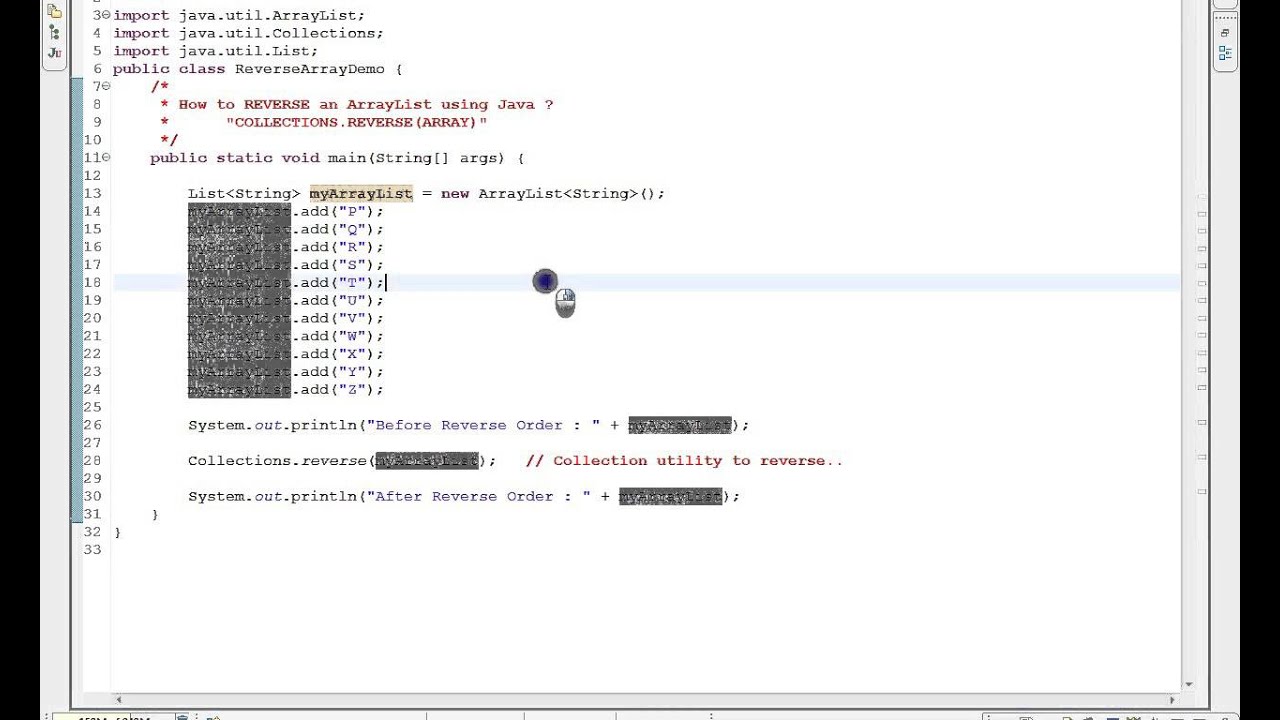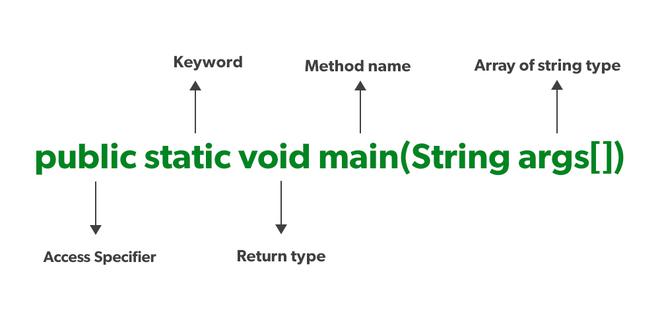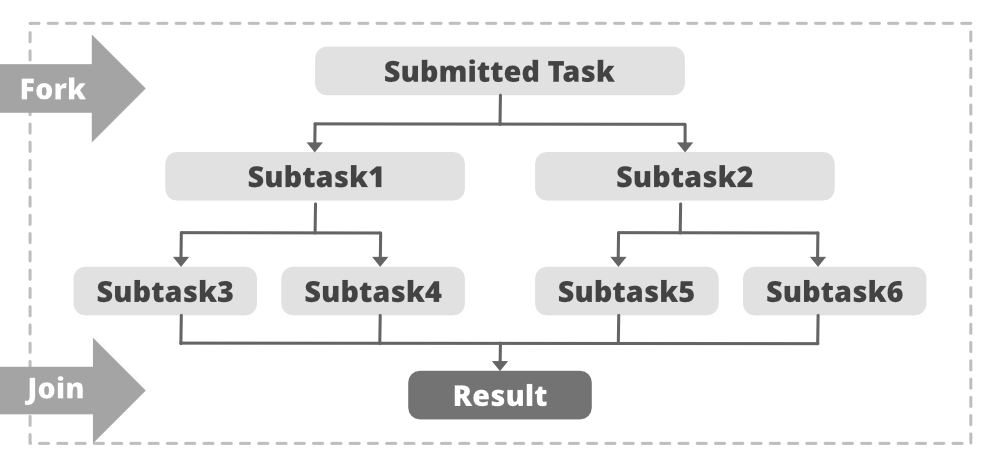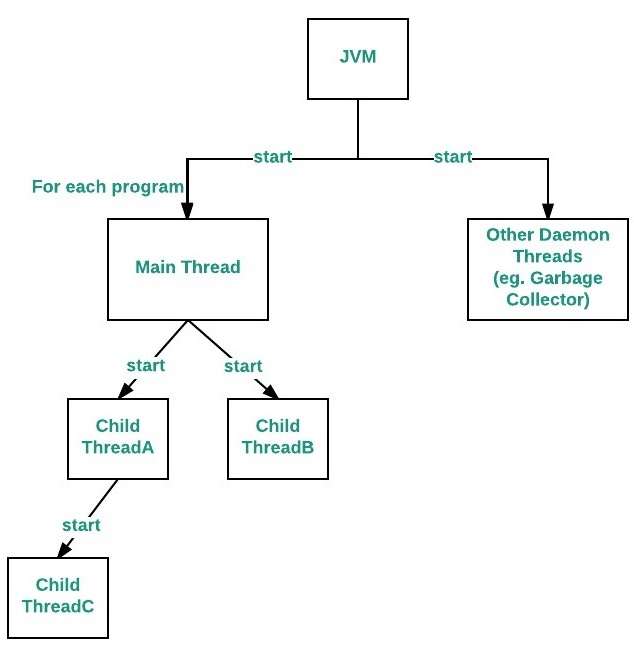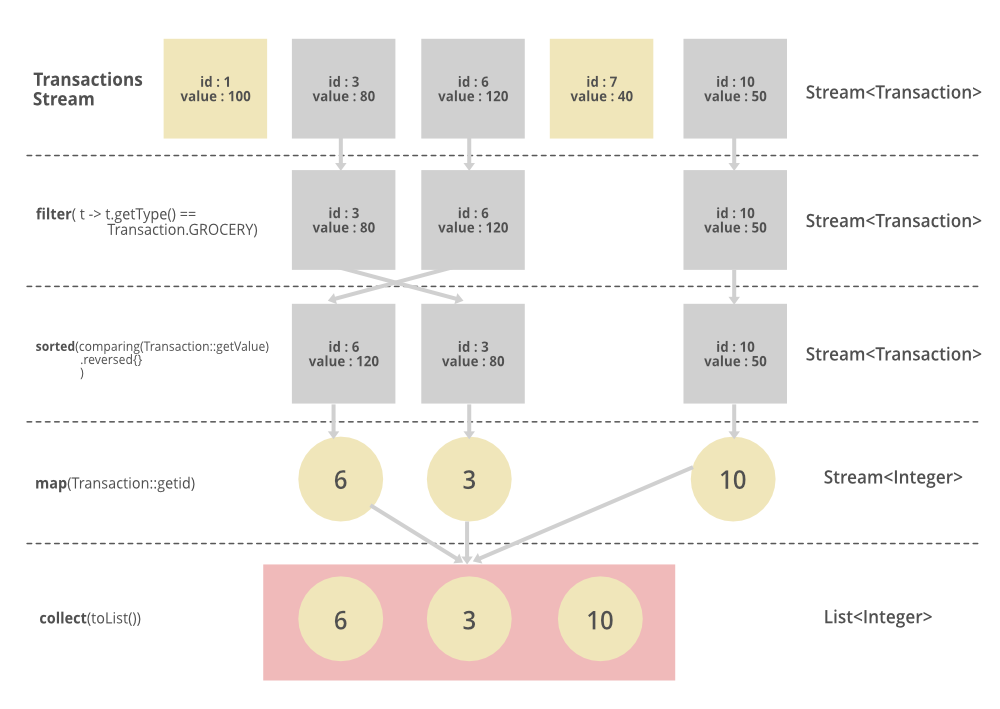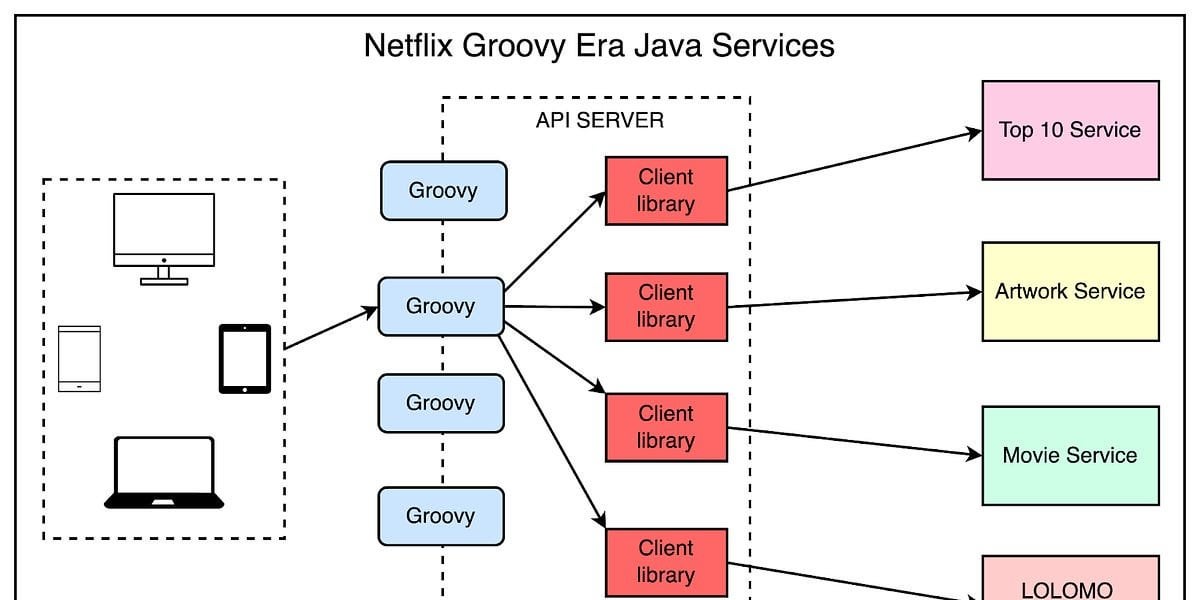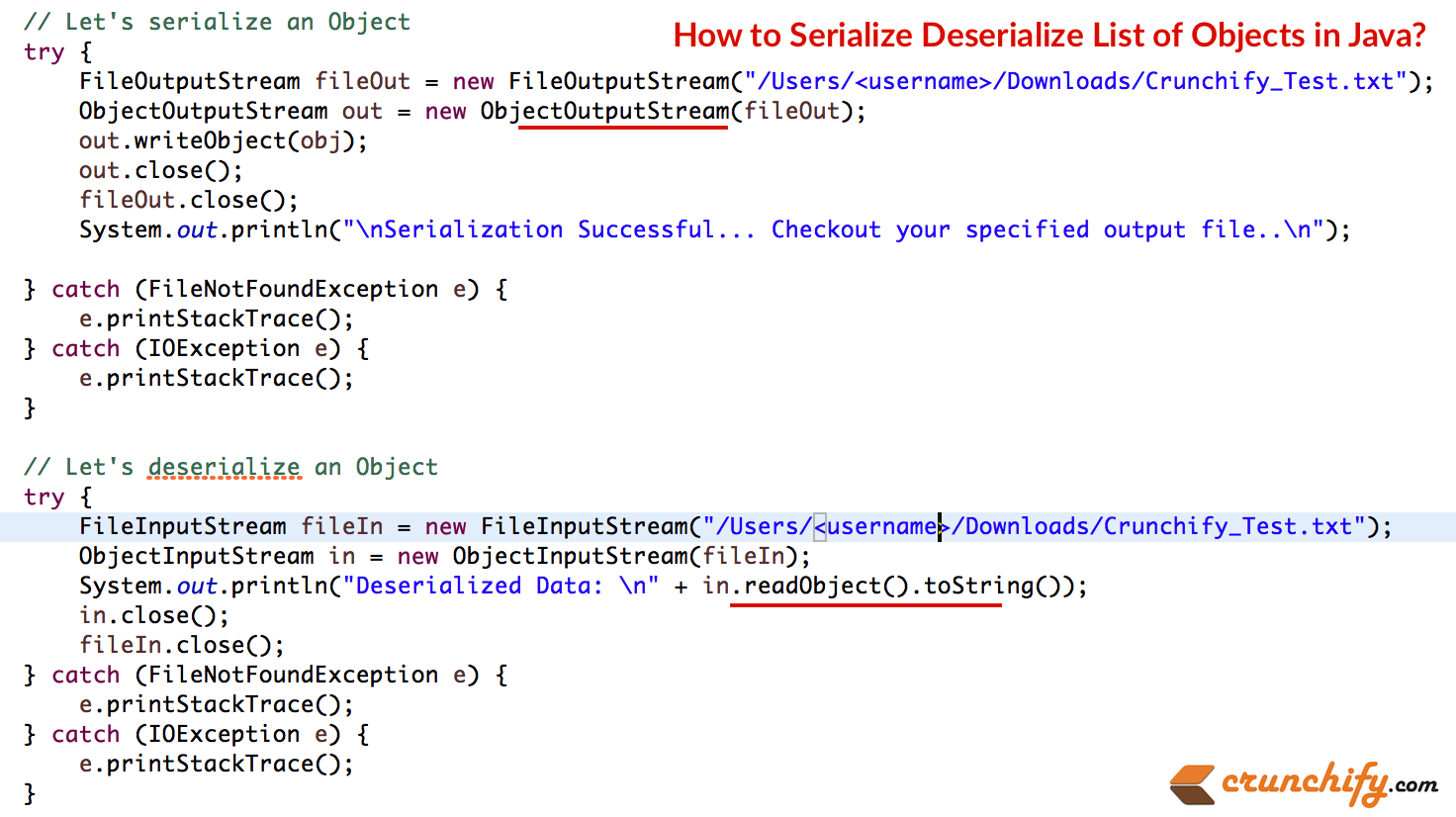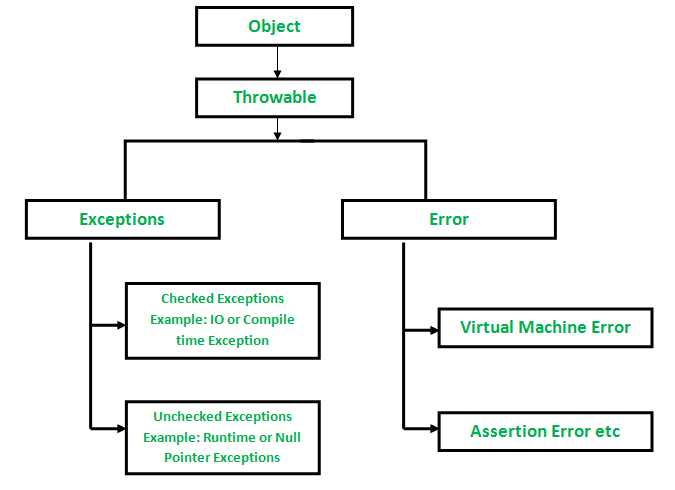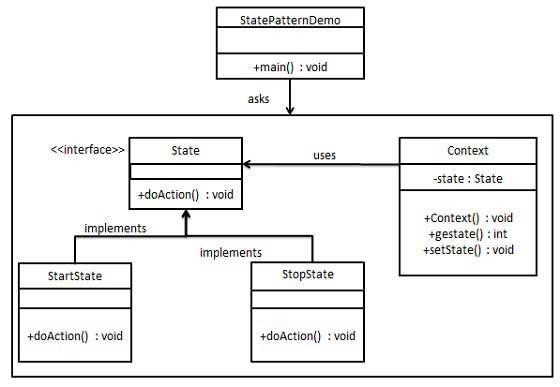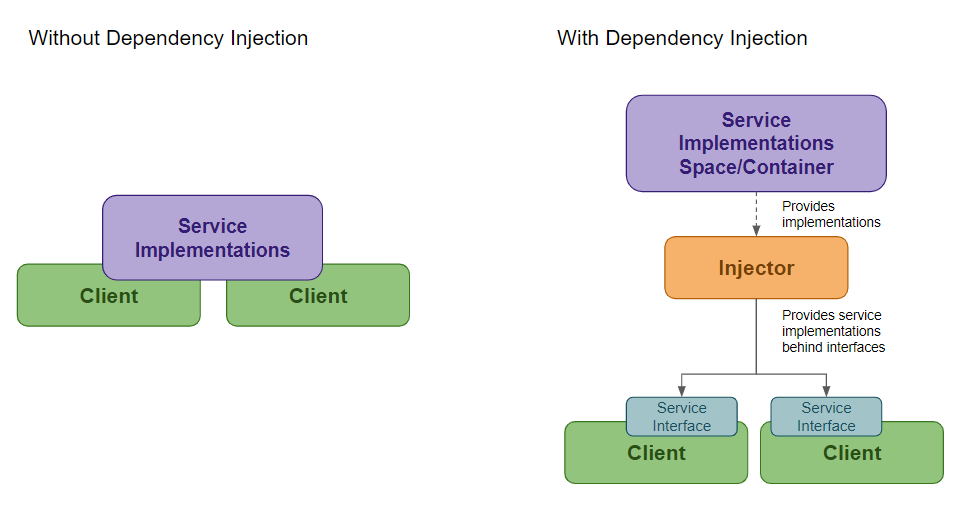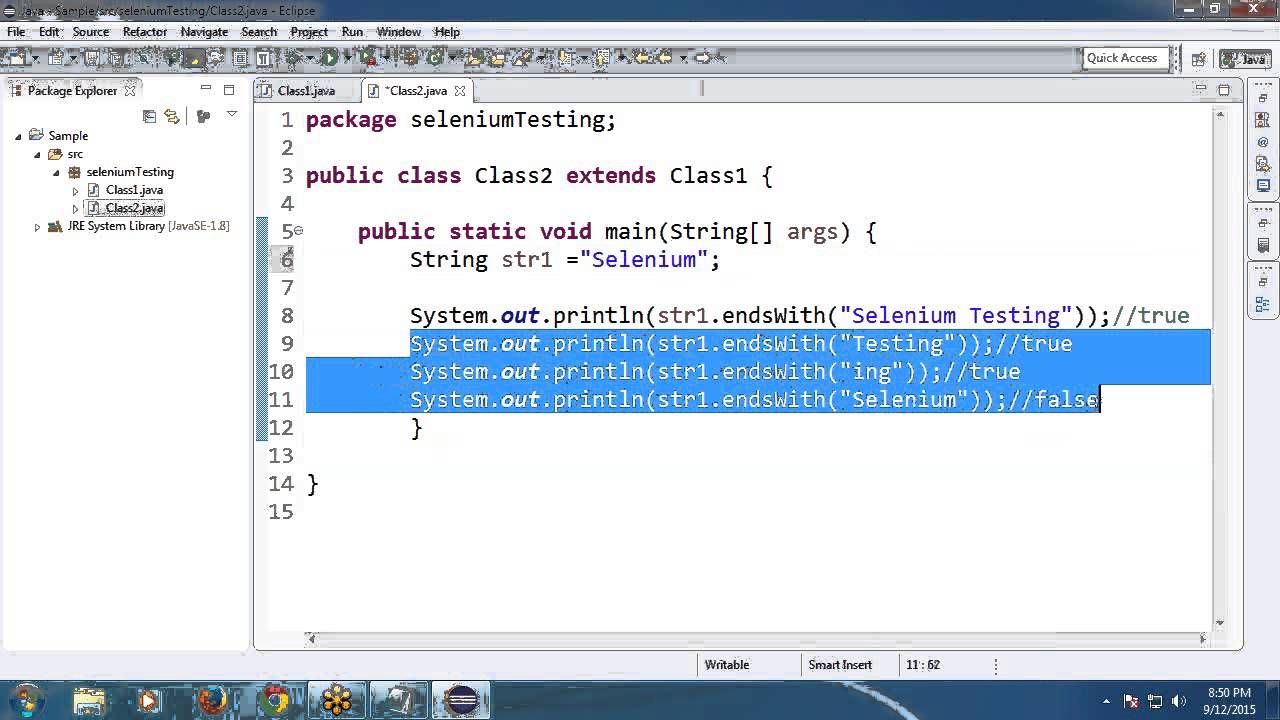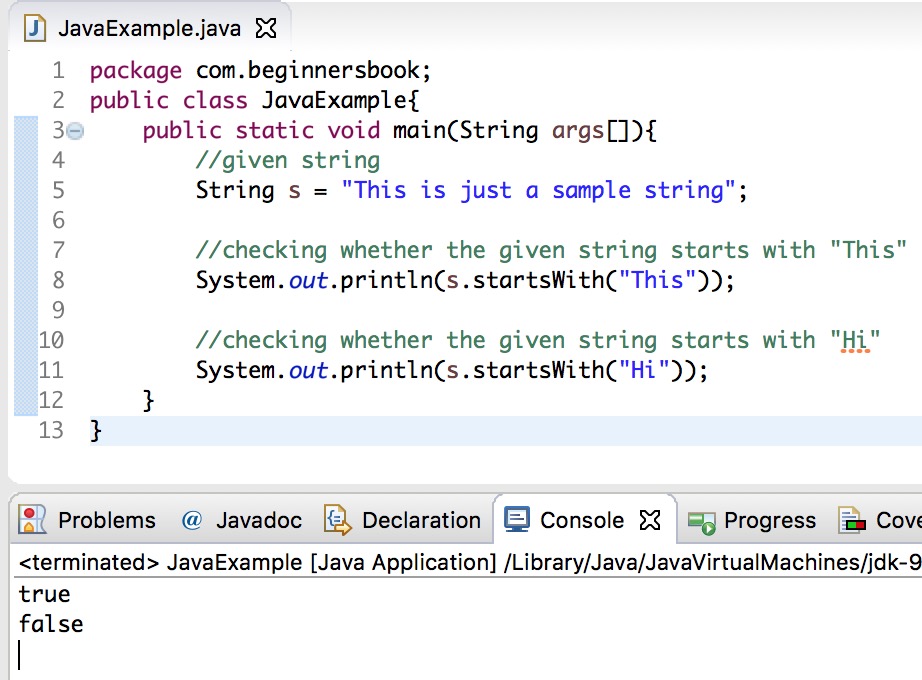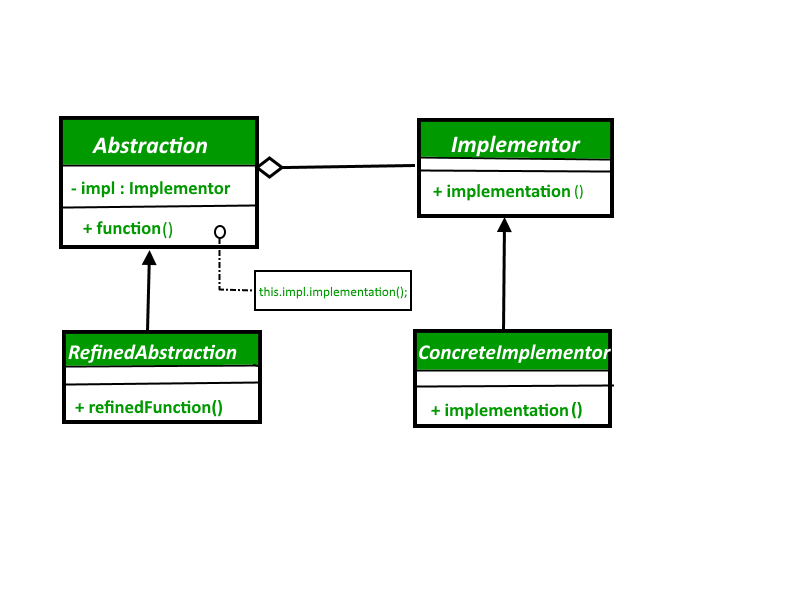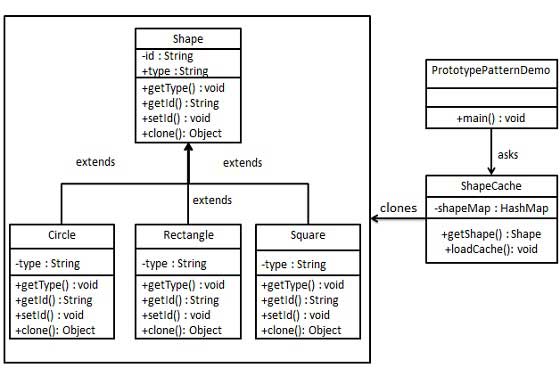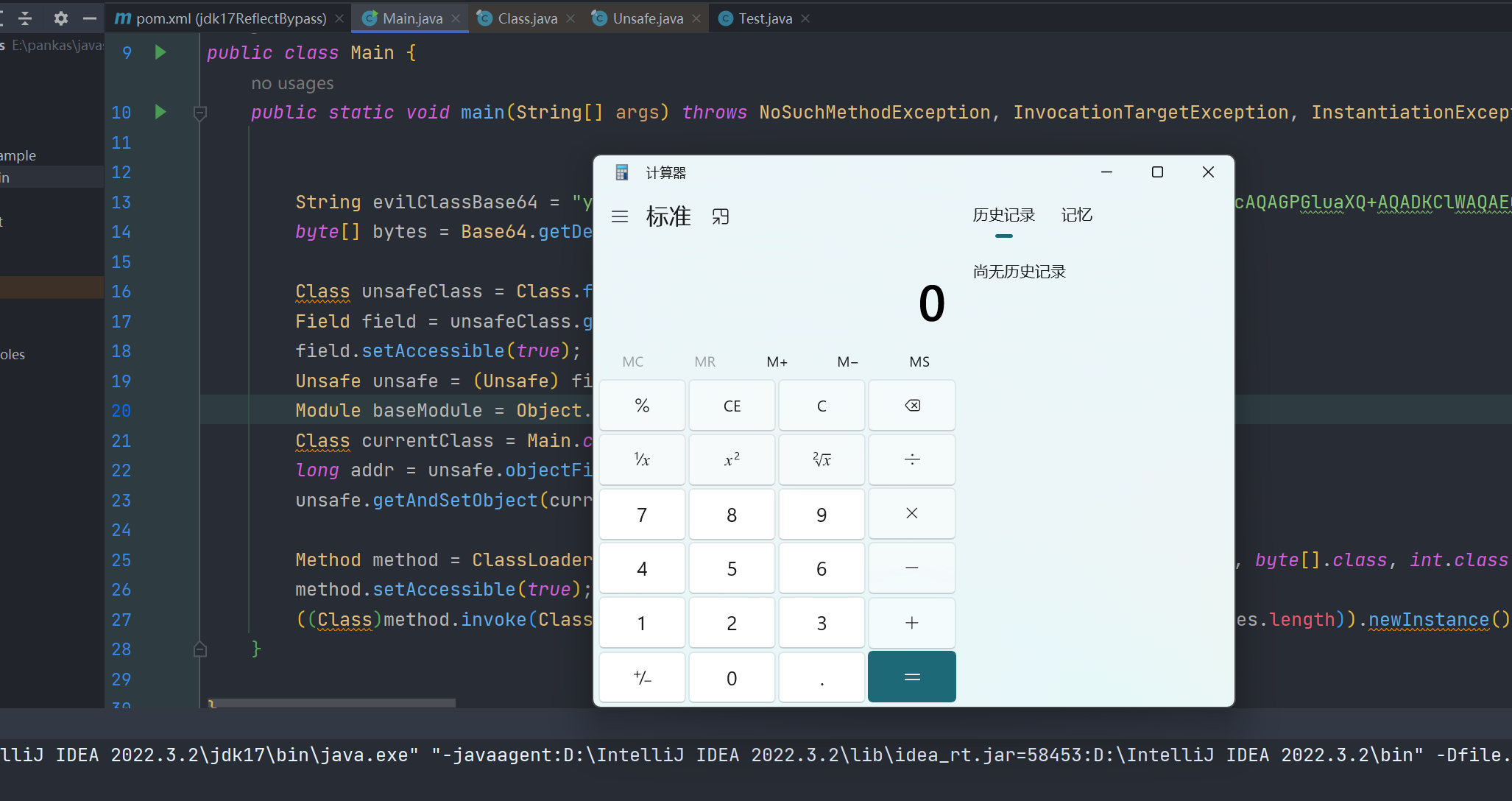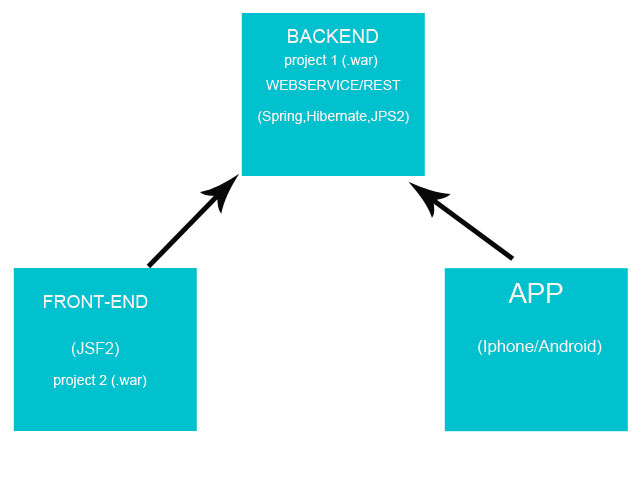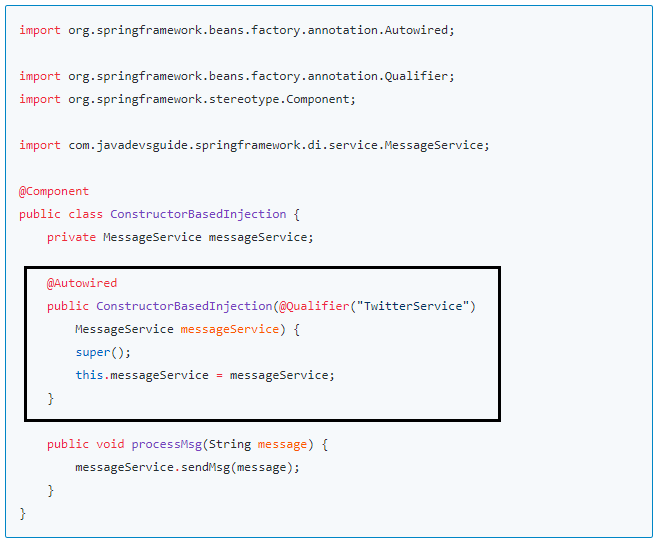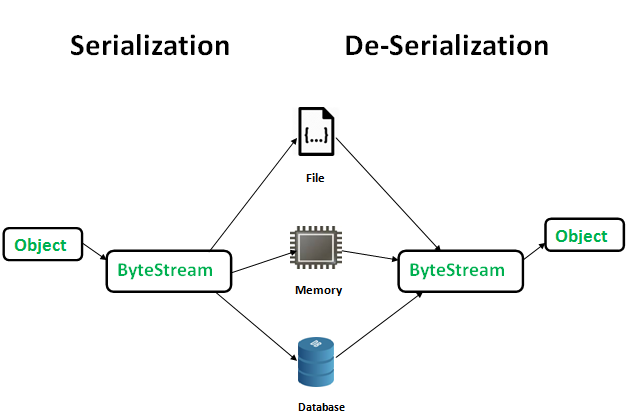How to make a method as synchronized in Java?
How to make a method as synchronized in Java?
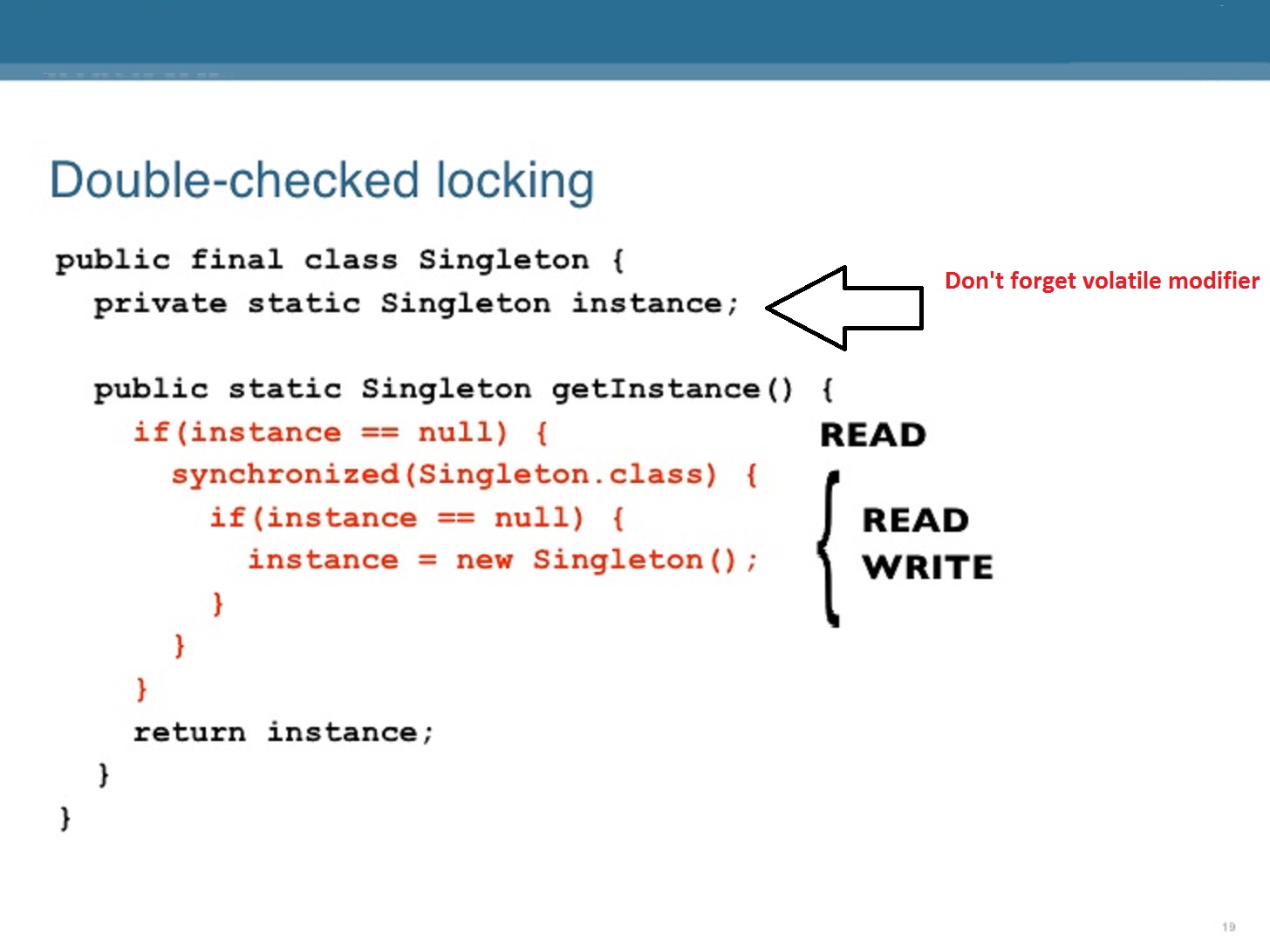
I can respond in English since you specifically asked me to do so.
In Java, making a method synchronous means ensuring that the method executes in a single-threaded manner, without yielding control to other threads or allowing concurrent execution of multiple tasks. This is achieved by using various mechanisms and best practices. Here are some ways to make a method synchronous in Java:
Using Synchronized Keyword: Marking the method with thesynchronized keyword ensures that only one thread can execute the method at a time, making it synchronized. For example:
public class MyThreadSafeClass {
public synchronized void doSomething() {
// method implementation here
}
}
ReentrantLock or Semaphore) to synchronize access to shared resources. These locks ensure that only one thread can access the protected code at a time:
import java.util.concurrent.locks.ReentrantLock;
public class MySynchronizedClass {
private final ReentrantLock lock = new ReentrantLock();
public void doSomething() {
lock.lock();
try {
// method implementation here
} finally {
lock.unlock();
}
}
}
AtomicInteger or AtomicBoolean) to ensure that operations on shared data are thread-safe. These variables use locking mechanisms internally:
import java.util.concurrent.atomic.AtomicInteger;
public class MyAtomicClass {
private final AtomicInteger counter = new AtomicInteger(0);
public int doSomething() {
return counter.incrementAndGet();
}
}
CopyOnWriteArrayList or ConcurrentHashMap to ensure that multiple threads can access the collection concurrently:
import java.util.concurrent.CopyOnWriteArrayList;
public class MyConcurrentClass {
private final CopyOnWriteArrayList myList = new CopyOnWriteArrayList<>();
public void doSomething() {
myList.add("Hello");
}
}
volatile ensures that changes to the variable are immediately visible to all threads, helping maintain thread-safety:
public class MyVolatileClass {
private volatile boolean isRunning = true;
public void doSomething() {
while (isRunning) {
// method implementation here
}
}
}
Remember that these mechanisms can have performance implications and may introduce additional complexity. It's essential to carefully consider the trade-offs when deciding how to make a method synchronous in Java.
In conclusion, making a method synchronous in Java requires careful planning and execution. By using various synchronization mechanisms, you can ensure thread-safety and maintain the integrity of your program.
Java synchronized private method
I'll respond in English since you requested it.
When it comes to designing concurrent programs, one of the most crucial aspects is ensuring thread-safety. In Java, the synchronized keyword plays a vital role in achieving this goal. Let's dive deeper into how synchronized methods work and when they should be used.
What is a synchronized method?
In Java, a synchronized method is a block of code that can only be executed by one thread at a time. When a thread calls a synchronized method on an object, it will acquire the object's monitor (also known as a lock) before entering the method. If another thread tries to call the same method while the previous thread has the lock, it will wait until the lock is released.
How does synchronization work?
Here's a step-by-step explanation of what happens when a thread calls a synchronized method:
Lock acquisition: When a thread calls a synchronized method on an object, it tries to acquire the object's monitor (lock). Waiting for the lock: If another thread has already acquired the lock, the calling thread will enter a waiting state until the lock is released. Executing the method: Once the lock is acquired, the thread can execute the synchronized method.When should I use a synchronized method?
You should use a synchronized method when you need to ensure that only one thread can access and modify shared resources (data structures or files) at the same time. This is particularly important in scenarios where multiple threads might concurrently update shared data, leading to inconsistent results.
Here are some situations where you'd typically use synchronized methods:
Synchronized methods are useful for implementing critical sections of code, such as transactions or locks, where exclusive access is required.
Example usage
Here's a simple example that demonstrates the use of a synchronized method in Java:
public class BankAccount {
private int balance = 0;
public void deposit(int amount) {
synchronized (this) { // Acquire lock on this object
balance += amount;
}
}
public int getBalance() {
return balance;
}
}
In this example, the deposit method is marked as synchronized. When multiple threads call the deposit method concurrently, only one thread can execute the method at a time, ensuring that the account balance is updated correctly.
In conclusion, synchronized methods are an essential tool in Java for ensuring thread-safety and preventing conflicts when accessing shared resources. By understanding how synchronization works and when to use it, you'll be better equipped to design concurrent programs that are efficient, reliable, and easy to maintain.


